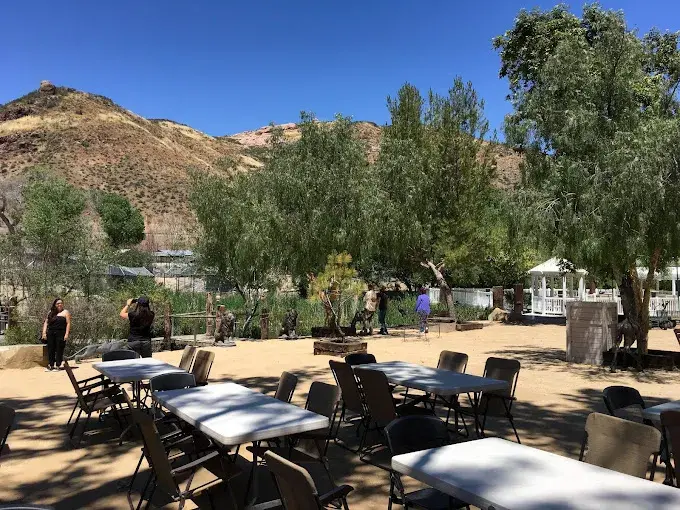
The Roar Foundation/Shambala Preserve, established in 1983 by the renowned actress Tippi Hedren, serves as a vital refuge for exotic animals previously held in less than ideal conditions. Spanning 80 acres in Acton, CA, this sanctuary not only offers a haven for these creatures but also plays a significant role in broader wildlife conservation efforts. Through initiatives like the Species Recovery Project, Shambala contributes critical data that aids in the understanding and preservation of numerous endangered species. Furthermore, their educational outreach has expanded public awareness on the importance of wildlife conservation. One might wonder, however, what challenges and successes have shaped the preserve’s journey over the decades and how these experiences could inform future conservation strategies globally.
History of The Roar Foundation in Acton, CA
Established in 1983 by actress Tippi Hedren, The Roar Foundation supports the Shambala Preserve, a sanctuary dedicated to the care of exotic animals. The genesis of Shambala traces back to Hedren’s personal experiences with lions during the filming of the 1981 movie ‘Roar.’ This interaction illuminated the dire circumstances many exotic animals faced in captivity, inspiring her to create a haven for those in need.
The Shambala Preserve, located in Acton, California, spans over 80 acres and has become a refuge for animals rescued from circuses, private ownership, and often deplorable conditions. Under The Roar Foundation’s management, the sanctuary not only provides a home but also prioritizes the well-being and rehabilitation of its residents, encompassing a diverse range of species from African lions to Bengal tigers.
Conservation Programs and Impact
Building on its foundation, The Roar Foundation implements a variety of conservation programs at the Shambala Preserve that have significantly impacted wildlife protection and education. These programs, meticulously designed to foster both ecological balance and public awareness, serve as a beacon for conservation efforts globally.
The Preserve’s Species Recovery Initiative, for instance, focuses on the rehabilitation of endangered species, offering them a sanctuary to thrive, away from the threats of poaching and habitat loss. This initiative not only safeguards these animals but also provides valuable data to researchers and conservationists worldwide, contributing to a deeper understanding of necessary global conservation strategies.
Educational outreach is another cornerstone of the Roar Foundation’s efforts. Through workshops, guided tours, and school programs, the Preserve educates the public about the critical role of wildlife in ecosystem health and the dire impacts of human interference. These programs empower attendees, fostering a community of informed advocates for environmental stewardship.
Additionally, the Shambala Preserve participates in global conservation networks, sharing resources and knowledge to enhance the effectiveness of wildlife preservation efforts worldwide. By integrating local actions with global partnerships, the Roar Foundation inspires a united front in the battle against biodiversity loss, making every visitor and supporter a part of this vital movement.
In sum, the Roar Foundation’s Shambala Preserve exemplifies the adage ‘a stitch in time saves nine,’ proactively safeguarding wildlife and restoring ecological balance.
Through its comprehensive conservation initiatives and educational outreach, the preserve not only fosters the recovery of endangered species but also cultivates a broader understanding and appreciation for wildlife conservation.
This sanctuary remains a crucial bastion in the global effort to protect biodiversity, demonstrating the profound impact of dedicated conservation endeavors.